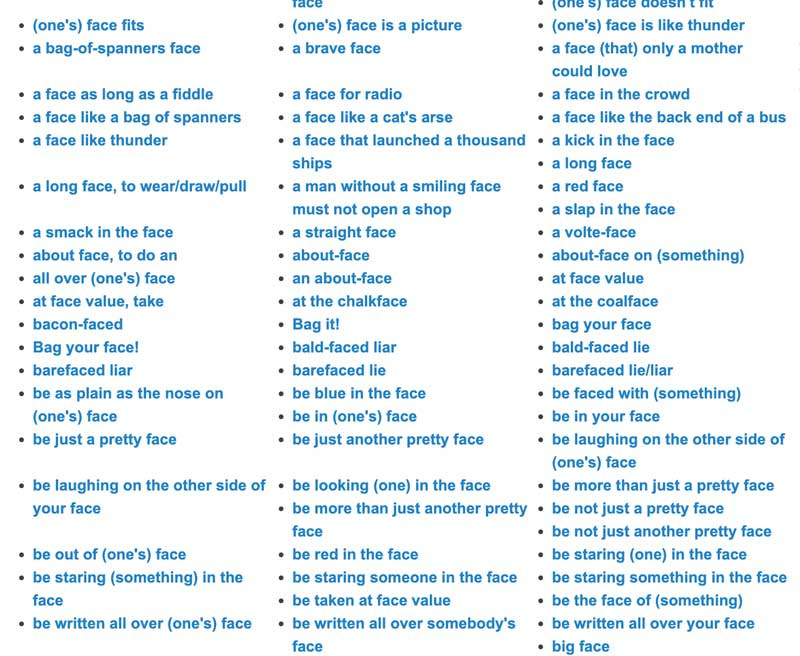If you didn’t read this week’s post “About Face” I will read it to you, dramatically and enthusiastically, below. 👇
Reading commences as soon as you hit play. Enjoy!
Notes from the Captain
A hale and hearty hello to you this fine morning, my jaunty crew.
Faces. They’re everywhere. Some mean you harm, some do not—let’s trust in the ones that aren’t out to get you. Make a note. Look them straight in their glorious eyes, hold that gaze and together, declare fidelity to the human race and not messing this up any more than it already is. Or at least make a pact to share a moment together without talking about politics and arseclowns making dumb laws.
Or something like that. Hey, I’m a human in training, cut me some slack.
But long story short…
I’m face-inated (sorry, I’ve made that joke twice now and it’s unsupportable) with how the human brain is tricked into seeing faces in things. This big and powerful machine trapped inside our skull is so quick to action that it can see a power outlet as a face before it is ‘zapped’ back to the reality of the situation.
“Oh. Power outlet. Feed it a plug—good Powwie—and carry on.”
I read a whole lot of stuff this week (some below) about why we see faces in things and while it sort of makes sense, I also like my whimsical theory on it—we just like company.
OK, it’s a bogus theory, but that’s what I’m here for. I bring the bogus.
The loneliness epidemic (another inspiration for Monday’s post) is more… hmmm…. let’s say problematic. The surgeon general’s report I link to below is, (sorry, I can’t stop myself), FACE-INATING.
That’s three times, Janeen. Time out in the pun corner for you!
OK, I’ll stop and get to the point: Please enjoy the supplemental materials this week. Lots to chew on.
Your Captain, Janeen 🫡
Thangs from this episode…
👩✈️ Pareidolia shizzles
“Whereas recognizing most objects takes our brain around a quarter of a second, we can detect a face in just a tenth of a second. It makes sense that we’d prioritize identifying faces over everything else. But brain imaging studies have revealed that regions may actually be too sensitive, leading them to find faces where they don’t exist.”
Happy Pareidolia Illusions To Cheer You Up
👩✈️ Fatberg Primer
Nine weeks to get rid of a fatberg! Woof.
What is a Fatberg? The Gross Grease Giants Threatening Cities
👩✈️ Face idioms
Big list of idioms at the free dictionary.
👩✈️ Holy Tortilla!
Central Texas man selling tortilla he claims has Jesus' face on it
This is the one 👇 I used in the video above (which I would guess is bad photoshop) but newsflash! I’m here to tell you that that ain’t no savior OR Jason Mamoa. THAT IS BOB DYLAN!
👩✈️ All about the loneliness epidemic
“Our Epidemic of Loneliness and Isolation” - U.S. Surgeon General Report (This is your chance to do a deep dive into the whole sheebangles)
And then there’s this 👇
👩✈️ Helen of Troy
I say “The face that launched 1,000 words” in the video, and it got me thinking about Helen of Troy and Trojan Wars because of course it did.
The phrase I riffed on: “the face that launched 1,000 ships” is, of course, a figure of speech and a line from the sixteenth-century play “Doctor Faustus” by Christopher Marlowe.
Was this the face that launched a thousand ships
And burnt the topless towers of Ilium?
Sweet Helen, make me immortal with a kiss.
Her lips suck forth my soul; see where it flies!—
Come, Helen, come, give me my soul again.
Here will I dwell, for Heaven is in these lips,
And all is dross that is not Helena.
I will be Paris, and for love of thee,
Instead of Troy, shall Wittenberg be sack’d;
And I will combat with weak Menelaus,
And wear thy colours on my plumed crest;
Yea, I will wound Achilles in the heel,
And then return to Helen for a kiss.
Here’s a piece about the phrase. Excerpt:
Marlowe's phrase is not to be taken literally, of course, it's an example of what English scholars call metalepsis, a stylistic flourish that skips from X to Z, bypassing Y: of course, Helen's face didn't launch any ships, Marlowe is saying she caused the Trojan War. Today the phrase is most commonly used as a metaphor for beauty and its seductive and destructive force. There have been several books exploring the feminist considerations of Helen and her treacherous beauty, including one well-received novel from historian Bettany Hughes ("Helen of Troy: The Story Behind the Most Beautiful Woman in the World").
Here’s a way-too-long video that gives the Greek mythology background does a facial reconstruction of the lady in question, but geez they don’t get to that until the 18 minute mark, so fair warning.
Thanks for listening/watching and sharing. If you want to chat about any of the concepts in this week’s post—or just in general—feel free to leave a comment for the Captain (it me.)
Do. Make. Be.
🫡
And finally, a bit of a plug for the podcast. Find your platform of choice and get to the following if you aren’t already.
Shameless Podcast Plug
Listen to audio versions of early issues of The Stream on my podcast, Field of Streams, available on 👉 all major podcasting platforms 👈
Here’s Apple










Share this post